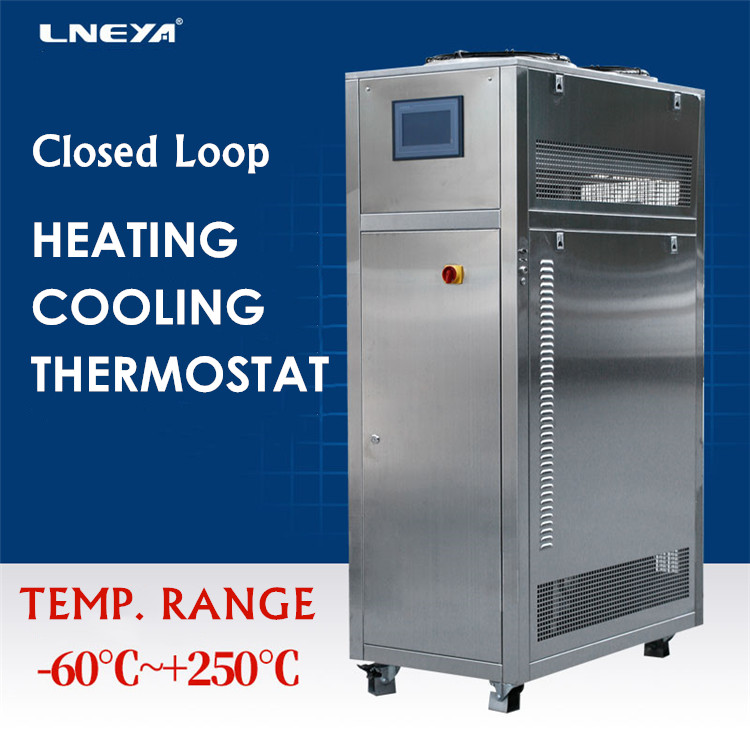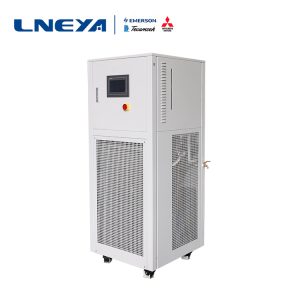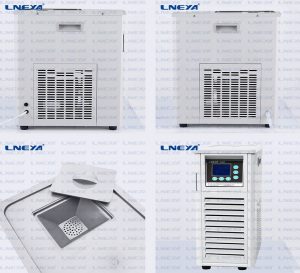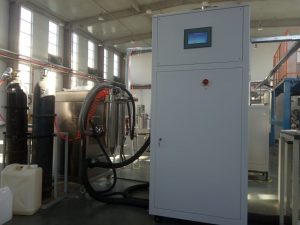The solution to the fully enclosed heating and cooling thermostat lack of refrigerant alarm
What should I do if the fully enclosed heating and cooling thermostat alarms for lack of refrigerant? I believe that many customers will encounter this problem when they use it. In fact, this is relatively simple. As long as we know the principle of the lack of refrigerant alarm, it can be solved very well. Today I will share two points with you so that everyone will encounter this problem. It can be solved very quickly.

When we encounter a refrigerant shortage alarm in a fully enclosed heating and cooling thermostat, the first thing we have to do is to check to see if the liquid level on the expansion tank of the fully enclosed heating and cooling thermostat is at the normal level, if it expands at this time The liquid level of the fuel tank is lower than the low level, then this alarm is caused by the lack of oil in the system. What we need to do is to add new heat transfer oil in time until the system has a stable pressure and the liquid level of the expansion tank is at the normal level. It can be solved.
There is another situation that will also cause the fully enclosed heating and cooling thermostat to alarm for lack of refrigerant. That is, an alarm occurs after a period of use. At this time, we also need to check the liquid level of the expansion tank. If the heat transfer oil is lower than the low level, there must be a leak in the pipeline, which needs to be found and repaired in time. If it is not the leakage problem, then Most of it should be that the liquid level float switch of the expansion oil tank touches the wall of the expansion oil tank, causing the liquid level switch to not work normally. At this time, we need to remove the liquid level switch and re-reinforce it. The main reason for this situation may be due to The fully enclosed heating and cooling thermostat is caused by slight vibration during use.
The above are two solutions for the lack of refrigerant alarm. The alarm is a fully enclosed heating and cooling thermostat’s built-in protection, mainly to prevent the heating tube from burning dry, so when we encounter this problem, we can solve it in most cases according to the two methods shared by the editor. If it is solved No way to contact LNEYA after-sales technical support.
Verwandte Empfehlungen
-
The difference between air-cooled and water-cooled 15P refrigeration units
1184Because the demand conditions are different, when the selected 15P refrigeration unit is air-cooled and water-cooled, what is the difference? The air-cooled 15P refrigeration unit contains a heat-insulating water tank and water pump in its body, w...
Details anzeigen -
Small desktop sealed chiller troubleshooting solution
922Small desktop sealed chillers will have more or less failures after long-term use, so how can the compressor be solved if there are some faults? LNEYA specializes in the development and production of small desktop sealed chillers with a temperatur...
Details anzeigen -
What is the reason for non condensable gas in the condenser of ultra-low temperature cooling water c
1451When the ultra-low temperature cooling water chiller is running, it is necessary to pay attention to the gas state generated by the condenser under a certain temperature and pressure. The existence of these gases affects the operation of the ultra...
Details anzeigen -
The Installation Requirement of the Industrial Chiller
985(1) The chiller power supply adopts three-phase four-wire, power supply line (R, S, T) connected with power supply fire line, (N) zero line, (G) ground line.,
Details anzeigen
 LNEYA Industriekühler Hersteller Lieferant
LNEYA Industriekühler Hersteller Lieferant













